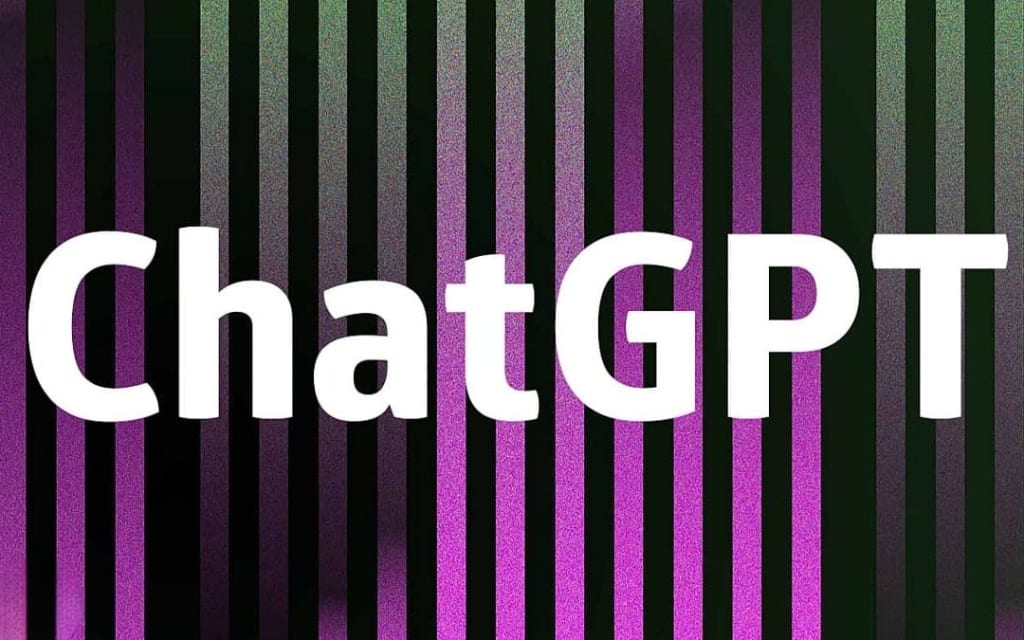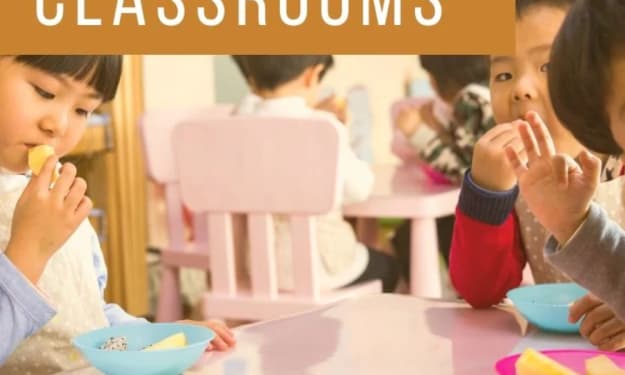
Introduction:
Chat GPT is a large language model developed by Open AI, designed to process and generate natural language text. It is based on the GPT (Generative Pre-trained Transformer) architecture and has been trained on a vast corpus of text data to understand natural language patterns, contexts, and generate human-like responses.
Chat GPT is capable of a wide range of tasks, including language translation, sentiment analysis, question answering, summarization, and more. It is also highly skilled in generating natural language text, such as writing essays, stories, poems, and other types of text.
What is GPT?:
the most probable next word or sequence of words given a context. This context can be a prompt, a sentence, or even a longer piece of text. GPT is pre-trained on a massive amount of text data, which allows it to capture the patterns and structure of natural language.
How can students use GPT?:
Students can use GPT for a variety of tasks, from writing essays to generating ideas for creative writing. GPT can be used to assist with research by generating summaries or providing background information on a topic. It can also be used for language learning by generating sentences or even full paragraphs for practice.
However, it's important to remember that GPT is not a substitute for critical thinking or independent research. It's still essential to check the accuracy of the information generated by GPT and to ensure that it aligns with the topic and purpose of the assignment. GPT can be a useful tool to supplement and enhance student work, but it should not replace the effort and originality that is required in academic writing.
How can teachers use GPT?:
Teachers can use GPT to generate prompts or writing exercises for their students. GPT can provide a wide range of prompts and examples, which can be used to stimulate creativity and inspire new ideas. It can also be used to generate summaries of texts or to provide background information on a topic.
In addition, GPT can be used to check student work for plagiarism. GPT can quickly compare student writing to a vast database of texts, identifying any instances of copied content. This can be a useful tool to ensure that academic integrity is maintained in the classroom.
How can journalists use GPT?:
Journalists can use GPT to generate ideas for stories or to provide background information on a topic. GPT can quickly scan news articles, social media posts, and other sources of information to provide a comprehensive overview of a topic. It can also be used to generate summaries or even full articles, which can be useful for breaking news stories or quickly summarizing complex topics.
However, it's important to remember that GPT should not replace the essential work of a journalist, which involves critical thinking, fact-checking, and investigation. GPT can be a useful tool to supplement and enhance journalism, but it should not replace the effort and originality that is required in high-quality reporting.
How can others use GPT?:
GPT can be used by anyone who needs to generate human-like text. For example, GPT can be used by marketers to generate product descriptions or by bloggers to generate content ideas. GPT can even be used for creative writing by generating plot ideas, character descriptions, or even entire short stories.
However, it's important to remember that GPT is not a replacement for human creativity or originality. While GPT can provide a starting point or inspiration for text generation, it's still essential to add a personal touch and to ensure that the generated text aligns with the topic and purpose of the work.
About the Creator
Mahammad Azmal
Explore the lives of history's most influential figures on my channel! From scientists to leaders, discover the stories of famous individuals who shaped our world. Subscribe now!
Enjoyed the story? Support the Creator.
Subscribe for free to receive all their stories in your feed. You could also pledge your support or give them a one-off tip, letting them know you appreciate their work.






Comments
There are no comments for this story
Be the first to respond and start the conversation.